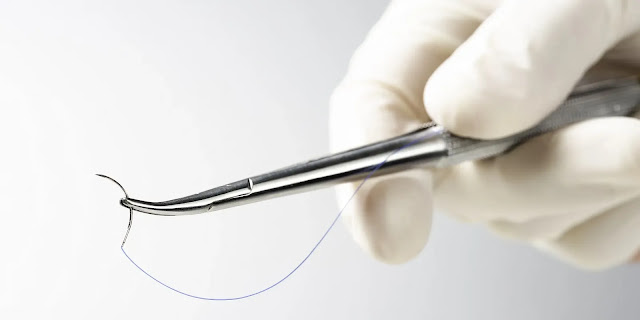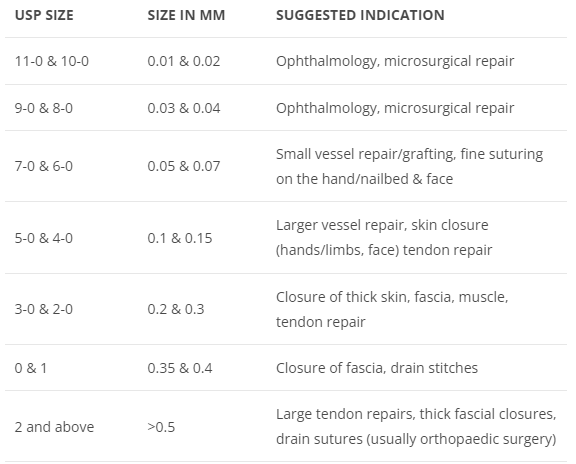Sutures- The Thread of Life

Sutures
Sutures are medical devices used to stitch or close wounds, incisions, or lacerations in the body. They are designed to hold tissue together until it heals. Sutures are commonly used in surgery and are important for proper wound healing and minimizing scarring.
Suture Material
Sutures can be made from a variety of materials, both natural and synthetic. Natural materials include silk, catgut (made from animal intestines), and collagen from animal or human sources. Synthetic materials include nylon, polyester, and polypropylene. Absorbable sutures are typically made from materials that can be broken down by the body over time, such as polylactic acid or polyglycolic acid. The choice of suture material depends on various factors, including the type and location of the wound, the patient's medical history, and the surgeon's preference.
High Strength Sutures
Made from Ultra-High Molecular Weight Polyethylene (UHMWPE), these sutures are easy for handling, with a high-security surgical knot, cause minimal acute inflammatory tissue reaction and provides supreme wound support.
Absorbable vs Non-absorbable
Absorbable sutures are used for wounds that are expected to heal relatively quickly and don't require long-term support. They are typically used on internal tissues or in areas where removal of the suture would be difficult, such as inside the mouth. Absorbable sutures gradually break down and are eventually absorbed by the body, so they do not need to be removed.
Non-absorbable sutures are used for wounds that require longer-term support and are typically used on external tissues. They remain in place for a longer period and are typically removed after the wound has healed. Non-absorbable sutures can be made of materials such as silk, nylon, or polypropylene, and are commonly used in surgery for closing skin incisions or for repairing tendons or ligaments. The choice of suture material depends on the type and location of the wound, as well as the patient's medical history and the surgeon's preference.
Suture Denier
Most sutures used in medical applications fall within the range of 5 to 10 deniers, with some sutures used in microsurgery falling in the range of 1 to 4 deniers.
Monofilament vs Multifilament
Monofilament suture is a single-stranded filament suture. They have a lower infection risk, but also have a poor knot security and ease of handling. Multifilament suture is made of several filaments that are twisted together. They handle easier and hold their shape for good knot security, yet can harbour infections.
Suture Sizes
Sutures come in a range of sizes, which are typically expressed in terms of diameter or UPS sizes. The diameter of a suture refers to the thickness of the suture material and is used to determine the strength and flexibility of the suture.
